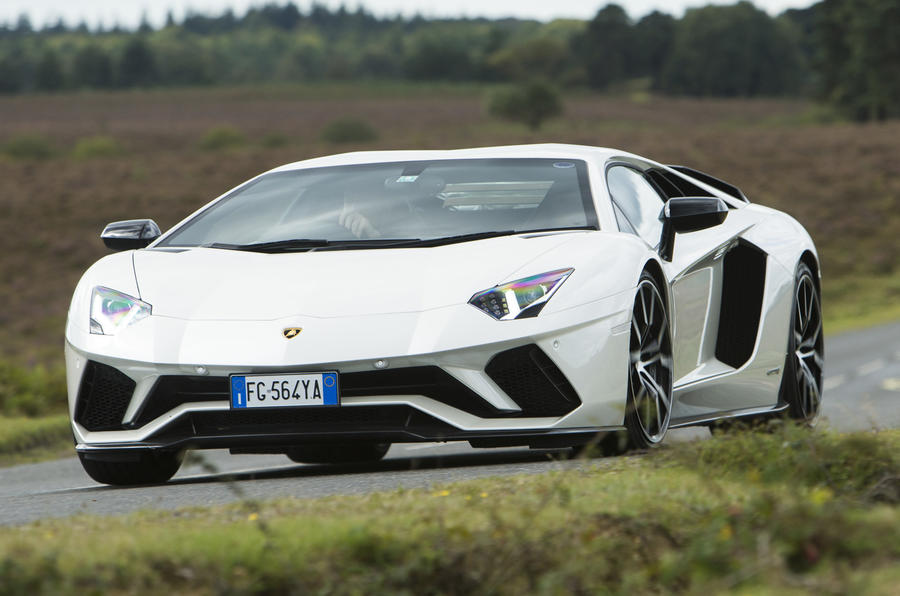What is it?
The Aventador S is the heavily updated version of Lamborghini ’s V12 supercar. It isn’t really a new variant in the model range because you can no longer buy a plain old Aventador. Instead, the S is an evolution of Sant’Agata’s heavy-hitter, and not before time; having been launched early in 2011, the Aventador is approaching its seventh birthday.
It isn’t a half-hearted facelift, either. In fact, there are so many far-reaching mechanical revisions beneath the sharply creased bodywork that it’s actually more helpful to think of the S as the Aventador Mk2 (although Aventador 2.0 might be more appropriate these days).
The fangs in the front bumper are new and probably the clearest identifier of the revised car. The front splitter is more prominent now, too, and Lamborghini proudly claims an increase in frontal downforce of 130% as a result. It doesn’t quote any actual figures, though, so we can assume that new splitter isn't pressing the front tyres into the ground with any real force.
The intakes over the car’s broad shoulders are also reshaped, while the rear end has been updated with black plastic sections where they were previously body-coloured. The three-piece exhaust exit is new; the entire system is now 20% lighter than before.
These are the minor changes. Another is the uplift in power, with the 6.5-litre normally aspirated V12 now drilling out 730bhp, 40bhp more than the previous version. The redline is set to 8500rpm and torque is unchanged at 509lb ft.
The significant changes? They’re twofold. The first is the addition of a configurable drive mode, meaning you can at long last mix and match your preferred settings for the dampers, the drivetrain and the steering. This is good progress - it’s just a shame Lamborghini’s choice of moniker for this new function, Ego, translates so poorly from Italian.
The really big update, though, is the fitment of a four-wheel steering system. Like all such systems, it virtually reduces the length of the wheelbase below a certain speed to make the car more agile and virtually lengthens the wheelbase above a certain speed to make it more stable. But what it’s really done is allow the engineers to completely retune the car’s chassis and steering system.
The rear end is fundamentally much more stable than before - because of the four-wheel steer system - so Lamborghini has been able to make the steering more direct and the four-wheel-drive system favour the rear axle much more often. This could well be Lamborghini the step change that finally makes the Aventador as wieldy to drive as the Ferrari 488 GTB or McLaren 720S.
The automated manual gearbox is unchanged, however, and that’s a bit of a problem. More of which in a moment.















































Join the debate
Add your comment
The last bull with a true V12
The last bull with a true V12 ?
I want so badly......
......to love this car; big, brutish, loud! If was lucky enough to be in a positon to keep a fleet of cars this would be so appealing, except for that god awful gearbox. Why do Lamborghini persists with it when it is widely regarded as terrible? Surely either the double clutch from the Hurucan or a manual would suit the thing so much better
Nope.
I love these things. They are stupid and irrational and only a few can afford them. And why the hell not.